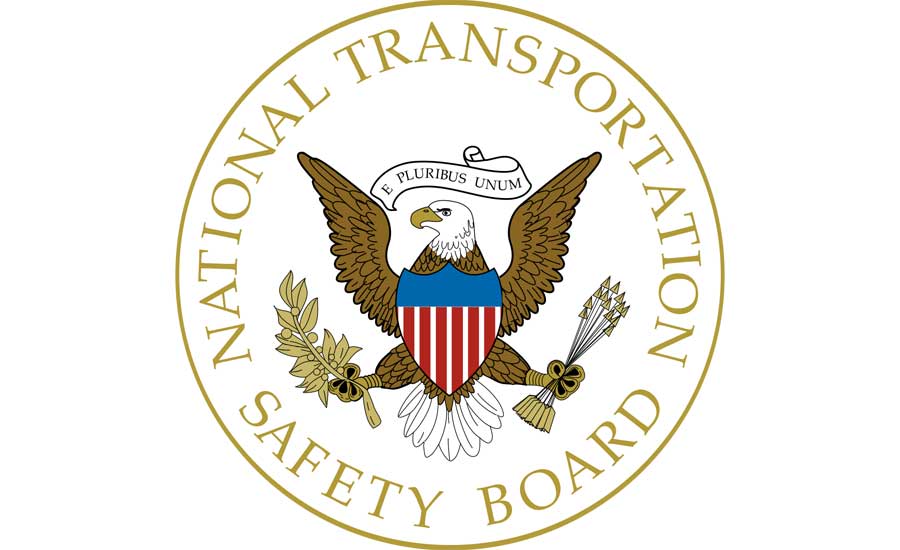An improperly installed gas connection that allowed natural gas to seep into a single-family house was the probable cause of a deadly 2017 explosion in Millersville, Pennsylvania, the National Transportation Safety Board (NTSB) has determined.
The July 2, 2017 explosion at 206 Springdale Lane killed one person and injured three others, destroyed the residence and significantly damaged six neighboring homes, one of which was subsequently condemned.
Central to the investigation was the installation of a tapping tee, the connection between the gas main and the home’s individual gas line.
A piece of hardware
NTSB’s examination of the tee assembly involved in the accident revealed the assembly was incorrectly installed because a locking sleeve — an important piece of hardware that served as an attachment between the tee and the gas main — was not attached to the main.
Since the locking sleeve was not attached, additional stress was placed on four nylon bolts which hold the tee assembly in place. The NTSB determined two of the four nylon bolts fractured when in service in a manner consistent with slow crack growth. The incorrect installation of the tee, combined with the in-service fracture of the two nylon bolts, allowed gas to escape from the tee assembly.
Four recommendations
In June 2018, the NTSB issued four safety recommendations to the Pipeline and Hazardous Materials Safety Administration and Honeywell International Inc. stemming from the Millersville investigation. The recommendations were intended to prevent the incorrect installation of mechanical tapping tee assemblies in gas distribution systems.
The full pipeline accident brief is available on ntsb.gov and at https://go.usa.gov/xEpRc


